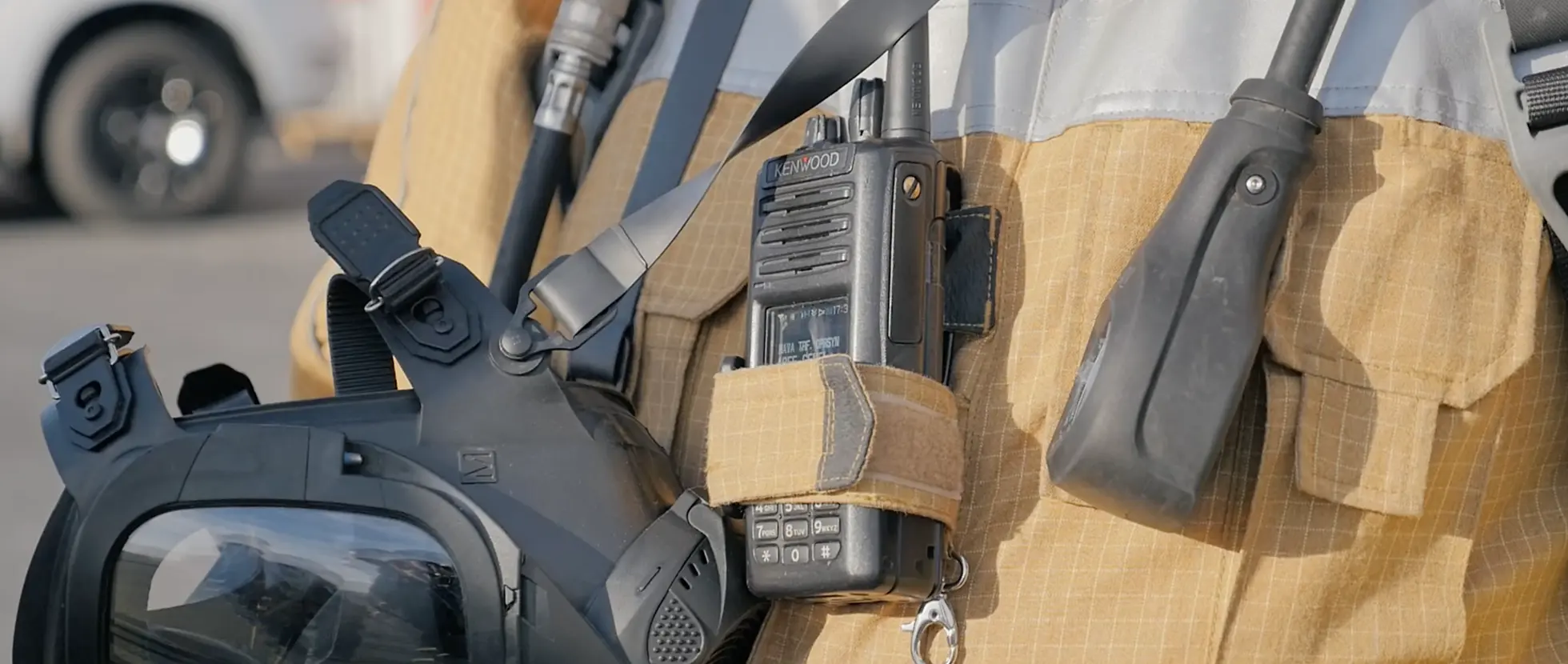Providing Communications for a Multi-Sport Challenge


Radio Activity to cover extremely remote and mountainous terrains in New Zealand
| |
Background
|
|
CLIENT/COMPANY
2017 Kathmandu Coast to Coast race, New Zealand
|
Held every February in the South Island of New Zealand, the Kathmandu Coast to Coast World Championship is one of the world’s longest running multi-sports events. Competitors, of which there were close to 1,000 in 2017, completed the 243 km course of running, cycling mountain running and kayaking stages as part of either a one- or two-day race.
|
| |
|
|
MARKET SEGMENT
Others: Special Events
|
Some stages of the event take place on public roads, so there is also the potential for accidents involving participants and other road users. The event organizer has a duty of care to competitors, spectators and the general public. Its reputation relies on providing safe, well-executed events, thus they take this task very seriously.
|
| |
|
|
TECHNOLOGY PROVIDER
Radio Activity srl Milan - Italy
|
Streaming of live coverage, media coverage, competitor communications to friends and family are all essential to amplifying the excitement of the event, creating awareness and ensuring its continued success. The communication system was composed of a seven-site IP-linked simulcast VHF DMR network, using Radio Activity KAIROS base stations and over 90 DMR portable radios from different manufacturers.
|
“The noticeable difference in using this simulcast repeater is the seamless roaming. We could actually see radios roaming between repeaters to the strongest signal mid-conversation. This is a step change from old technology where you had to finish a conversation before the radio would move to a nearer repeater.
A smooth execution and good client feedback – everything we aim for.”
– Corey Weir, Managing Director (Event Service Provider)

CHALLENGES
The reliability of communications is critical at this high profile event to ensure the health and safety of competitors, organizers and the general public. The rugged mountain terrain and white water rapids add to the physical challenge for competitors, but increase the likelihood of health and safety incidents occurring.
Covering such a vast area of operation is a challenge and the mountainous nature of the terrain added more complications in terms of locating, servicing and removing infrastructure, most of which had to be carried out by helicopter.
The competitor’s experience must be excellent, from receiving accurate timings to seeing that accidents are dealt with efficiently. A failure in a repeater, for example, could cause a delay in an air ambulance being dispatched, which could be life-threatening.

SOLUTIONS
Secure, reliable radio communications were provided, throughout the race, as well as high bandwidth live streaming video at 3 fps from multiple locations along the course route. Secure WiFi, transmission of data from timing pads and secure integrated communications between radio and mobile phone users for event management team (PTT) were also provided.
The system was divided into two separate networks: one for the East and one for the West of the course. An IP backbone also supported 11 timing stations and HD video streaming from seven in-field 1080P 30 fps cameras, along different stages of the course.
This was the first time that multi-site linking had been used for communications on the Coast to Coast event. Corey Weir says, “We had experience of using the Radio Activity repeater on a smaller scale and were confident it was the right solution to propose. The repeaters really come into their own in this type of application, where you need reliable coverage over a large area. The system provides great reception. Unlike other systems that pick up signals reflecting off hard surfaces, the Radio Activity repeater is able to distinguish the best signal and cancel out reflection interference.” Using simulcast also resulted in only one channel license being needed for all seven repeater locations, making the system cheaper to license than alternatives for multi-site applications, which is obviously relevant where spectrum shortages are an issue.

RESULTS AND BENEFITS
KAIROS repeater is exceptionally light, ruggedised and very compact. Being small and having a very low power requirement makes it ideal for running on solar power, especially where available daylight is limited. The nature of the event meant that the repeater had to work with radios from multiple manufacturers, which is exactly what happened. WiFi hotspots at collection points provided access for media, retailers and competitors updating friends and family on their progress.
The local service provider used a PTT (push to talk) application to extend the coverage of the system to areas that, although not covered by the two-way radio system, were covered by cellular phones. Their knowledge and experience in the application enabled them to tailor the user’s interface to suit the event organizer’s needs. There were no site failures during the three days of the event, which meant that critical communications were never compromised.
► Click to find out more on
Radio Activity products
